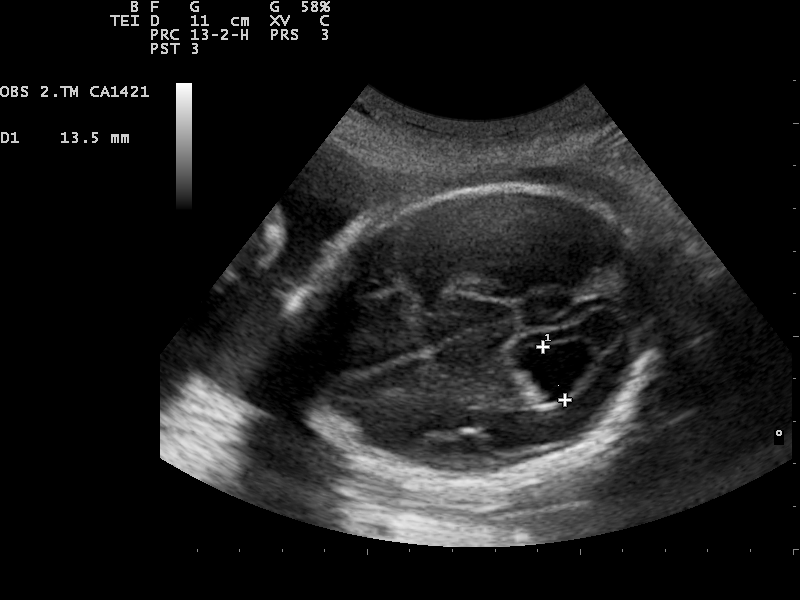
Endocrine disruptors such as phthalates and Bisphenol A may cause hormonal disturbances leading to urinogenital malformations, including hypospadias. (image: KobizMedia/ Korea Bizwire)
SEOUL, May 10 (Korea Bizwire) – A recent study has revealed that the rate of deformities in newborn babies in Korea is increasing. Approximately 5.5 babies per 100 are born with birth defects. Air pollution, endocrine-disruptors, and a lack of folic acid are believed to be the leading factors behind the increased prevalence of the deformities.
The research team, led by professor Jong-han Lim, studied over 400,000 children born in 2009 and 2010 with congenital malformations to come to its conclusion. Its full findings were published in the latest edition of BMC Pregnancy and Childbirth.
For every 10,000, 548.3 babies (306.8 male, 241.5 female) were born with congenital malformations, which is a significant increase from the 368.3 recorded 16 years earlier in 1993 and 1994.
Of the types of malformations, heart and circulatory problems were most common with 180.8 per 10,000, followed by issues with the urinogenital (130.1), musculoskeletal (105.7), digestive (24.7), and central nervous (15.6) systems.
The type of malformation that had the highest rate of increase was hypospadia, in which the urinary opening is not at the usual location. The number increased from 0.7 per 10,000 to 9.9.
On the contrary, the prevalence of some malformations actually decreased. Anencephaly dropped from 3.4 to 0.05 per 10,000, and pulmonary atresia from 23.1 to 8.2.
The team pointed to air pollution and improved technology in medical practices such as echocardiographs as potential causes of ventricular and atrial septal defects and patent ductus arteriosus.
Endocrine disruptors such as phthalates and Bisphenol A may cause hormonal disturbances leading to urinogenital malformations, including hypospadias.
A lack of folic acid was the leading cause of rachischisis and anencephaly. Folic acid is a B vitamin often found in foods such as beans, green vegetables, and whole-wheat products. The U.S. and Canada took action in 1998 to add folic acid to all flour products, which in turn helped prevent neural tube defects and congenital malformations by up to 70 percent.
“Prevalence rates for certain defects are very high, and we’re in desperate need of preventive efforts. There’s a clear need for a more thorough research into how factors like pollution, endocrine disruptors and a lack of folic acid can play huge roles in congenital malformation,” said professor Lim.
By Lina Jang (linajang@koreabizwire.com)







